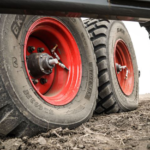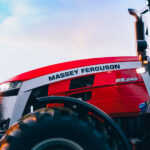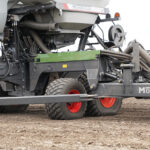Achieving Better Quality Hay and Increased Profitability with Hesston by Massey Ferguson Windrowers
An infield windrower comparison showing how selecting the right equipment can increase the quality of your hay as well as profitability.
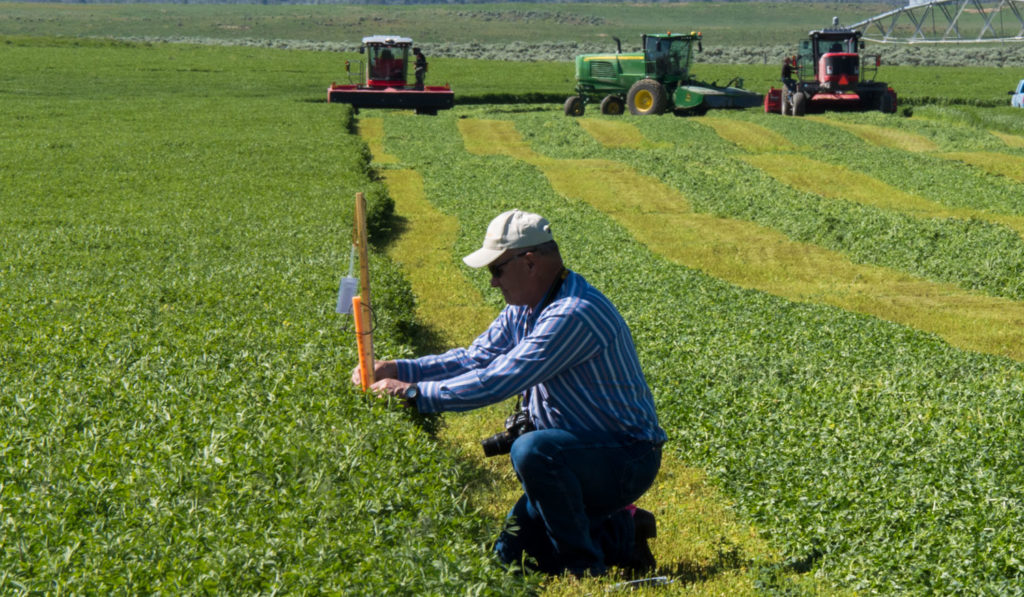
Achieving Better Quality Hay and Increased Profitability with Hesston by Massey Ferguson Windrowers
An infield windrower comparison showing how selecting the right equipment can increase the quality of your hay as well as profitability.Quality hay, productivity & fluid efficiency are all factors professional hay producers require from their equipment. However, the ultimate goal for any operation is machine selection that drives increased profitability. What better way to understand the factors that increase profitability than a head to head in field product comparison?
In order to provide accurate, real world data on how windrower and disc header selection can impact profitability, we hit the alfalfa fields of southern Idaho. Our comparison event was located in a field provided by an unbiased farmer focused on production of premium quality hay for utilization by local dairies as well as export sale.
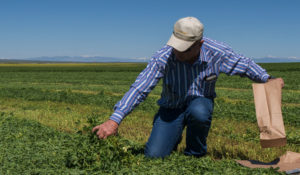
After a span was cut we collected multiple samples from each pivot span to get as many data points as possible. Here we are collecting a sample from a freshly cut windrow.
The comparison test focused on 3 windrowers equipped with disc headers. Hesston by Massey Ferguson was represented by a WR9870 windrower with 9196 TwinMax dual conditioner header as well as a WR9870 with 9195 single conditioner header, our competitive comparison unit was a John Deere W235 windrower with a 500R single conditioner header. To ensure an unbiased comparison, we invited the local John Deere dealer out to dial in their machine so it was set to perform at optimal levels, Hesston by Massey Ferguson units were set by our field based commercial hay product specialists. Other variables such as operator experience, cutting location in the field, practice time, etc. were closely controlled to ensure the most unbiased machine focused test possible.
Prior to the event, our testing team was challenged to define exactly how windrower and header selection impacts profitability as well as designing an unbiased way to capture data from the head to head test and review later for a look at how each machine stacks up. The variables we felt most important to commercial operators were; fuel efficiency, crop dry down time, ash content as well as overall nutritional value defined by the relative feed value (RFV). While the focus of this comparison was machine performance, we leveraged an experienced agronomist from a local university to design our dry down and nutritional value studies as well as provide the test lab to provide the specific nutritional values from each crop sample pulled from the field.
After the week long in field comparison event concluded and all important measures were returned, we were able to compile the results and understand exactly how a Hesston by Massey Ferguson WR9800 Series windrower will provide an operation increased profitability over a comparable John Deere W235 machine.
While both WR9870s provided a strong advantage in fuel efficiency, crop dry down time, ash content and RFV, the star of the show was the performance advantage the TwinMax dual conditioner header provides. The 9196 was able to reduce crop dry down time by 20% compared to the single conditioner headers. Faster dry down times resulted in higher digestible nutrients and increased RFV leading to a 3-5% increase in hay value. While difficult to measure, the accelerated dry down from the TwinMax also allows hay to be removed from the field more quickly, reducing yield loss from field traffic, allowing irrigation to resume earlier thus increasing yield, and may be enough to avoid next rain storm.
For an in depth look at our head to head windrower comparison, take a look at our video summary to understand how we conducted the test, how we controlled variables and ultimately how each machine impacts quality hay, productivity and fluid efficiency driving increased profitability.
Watch the recap video detailing this field study:
Written by: Zach Quintana, Hay Marketing Specialist

